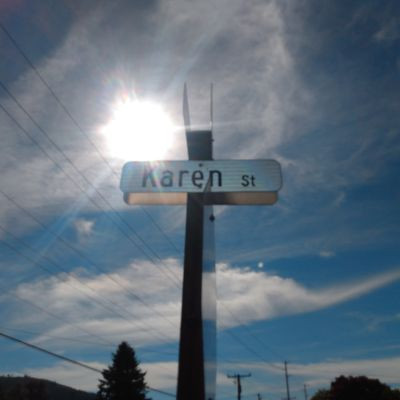close
Dear Creators, we are proud to announce an amazing affiliate program for you to earn some serious and continual cash. Read about our affiliate progarm here.
Caros criadores, temos o orgulho de anunciar um incrível programa de afiliados para vocês ganharem muito dinheiro de forma contínua. Leia sobre nosso programa de afiliados aqui.
Viajando no veículo movido a vapor
42 Views
• 02/26/23
7
0
Embed
Download
erick rendoza
144 Subscribers
steam car <br>steam motorcycle <br>carro a vapor <br>moto a vapor
Show more






SORT BY-
Top Comments
-
Latest comments
2 years ago
The basic idea and layout is very good....
But see we - me and him, we live in very different worlds....
I grew up reading English encyclopedias, from the 30's that had a great deal of content in them on things mechanical - including steam engines.
So by laying all of this out - mechanically, by building an insulated fire box, or at least a water jacketed fire box, and using fire tubes, instead of a plain boiler and using the OLD steam to preheat the incoming air and then the spare tank of water - and then super heating his steam, he can ramp up the fuel used to the ground covered ratio by 4 or 5 times...
Then he can add oil injection into the steam lines for lubricating the bits internally.... These are usually very heavy oils, that work well in steam...
And he can add a working water pump - that uses the known consumption rate of water per KM, to pump the same amount or slightly more, back in, at a constant rate.
2 years ago
2 years ago
2 years ago
2 years ago
2 years ago